Publications
Please see Google Scholar for the most up-to-date listing of publications. The publications list below is updated infrequently.
2022
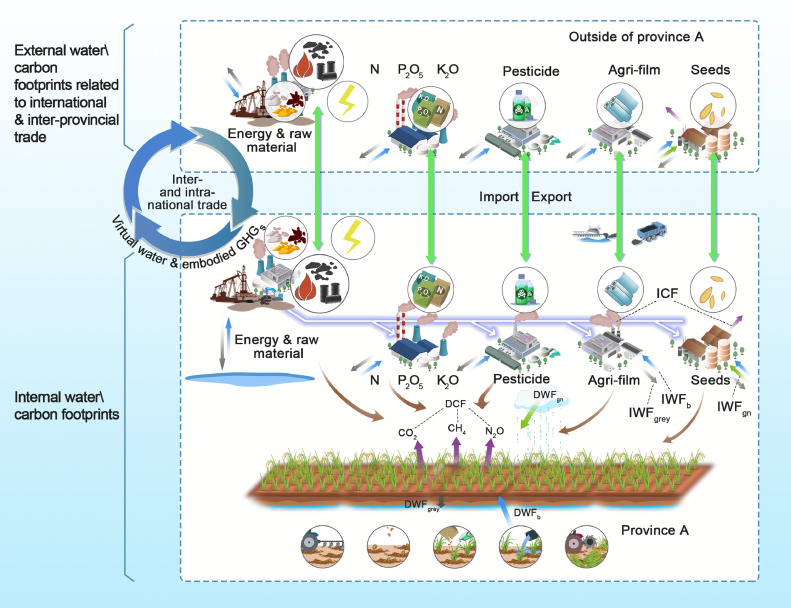
Feng, B., Zhuo, L., Mekonnen, M., Marston, L. T., Yang, X., Xu, Z., Liu, Y., Wang, W., Li, Z., Li, M., Ji, X., & Wu, P. (2022). Inputs for staple crop production in China drive burden shifting of water and carbon footprints transgressing part of provincial planetary boundaries. Water Research, 221, 118803. https://doi.org/10.1016/j.watres.2022.118803
Lorem ipsum dolor sit amet, consectetur adipiscing elit. Ut elit tellus, luctus nec ullamcorper mattis, pulvinar dapibus leo.
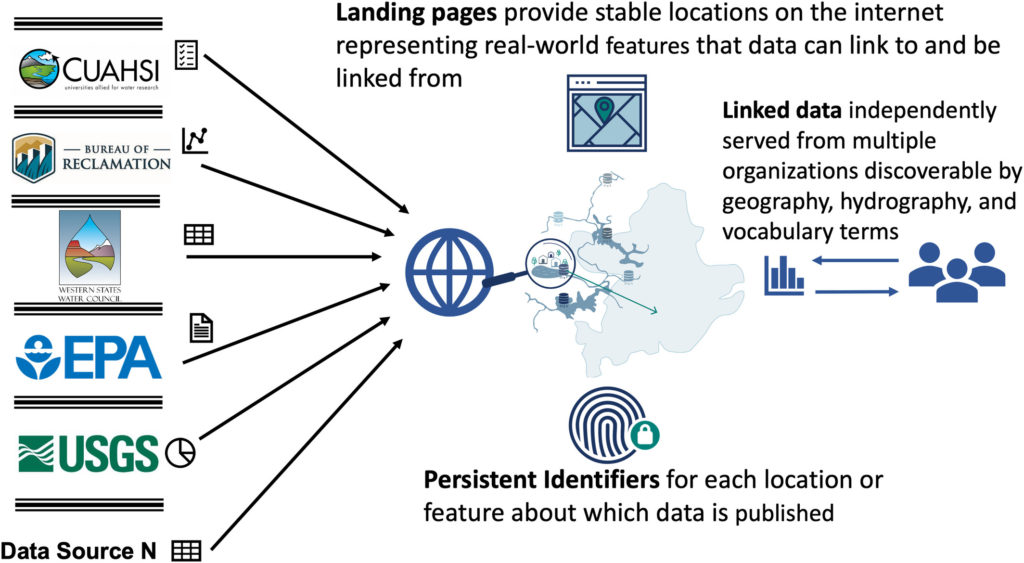
Marston, L. T., Abdallah, A. M., Bagstad, K. J., Dickson, K., Glynn, P., Larsen, S. G., Melton, F. S., Onda, K., Painter, J. A., Prairie, J., Ruddell, B. L., Rushforth, R. R., Senay, G. B., & Shaffer, K. (2022). Water-use data in the United States: challenges and future directions. JAWRA Journal of the American Water Resources Association 58 (4): 485-495. https://doi.org/10.1111/1752-1688.13004

Marston, L. T. (2022). Water use in a changing world. Nature Climate Change, 12, 317–319. https://doi.org/10.1038/s41558-022-01335-3
2021
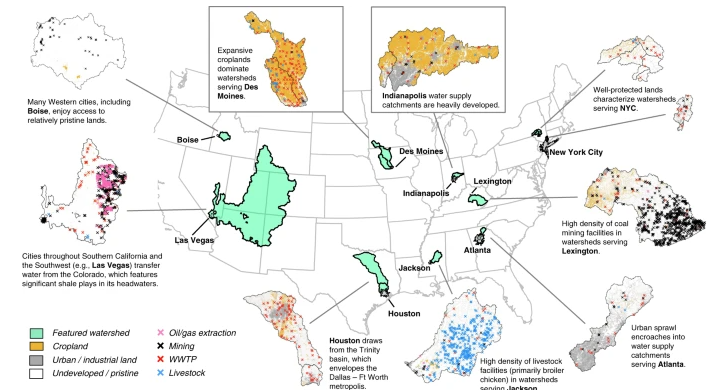
Turner, S. W., Rice, J. S., Nelson, K. D., Vernon, C. R., McManamay, R., Dickson, K.*, & Marston, L. (2021). Comparison of potential drinking water source contamination across one hundred US cities. Nature Communications, 12(1), 1-12. https://doi.org/10.1038/s41467-021-27509-9.
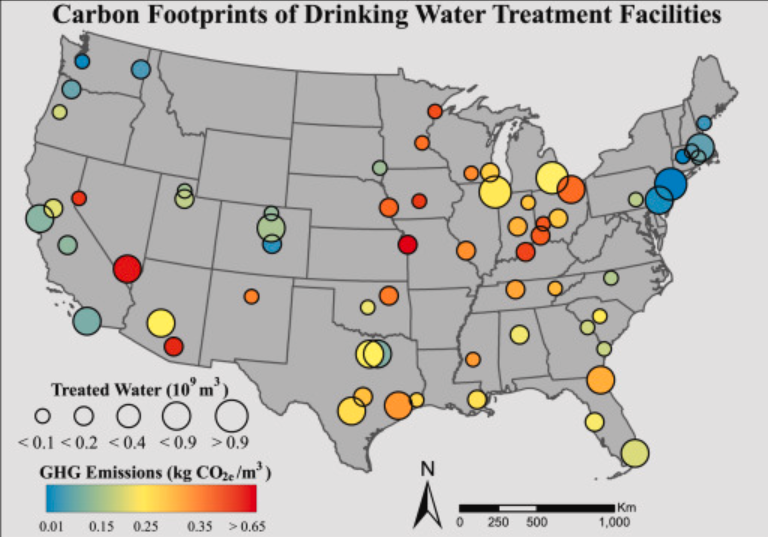
Zib, L. III, Byrne, D. M., Marston, L. T., & Chini, C. M. (2021). Operational Carbon Footprint of the U.S. Water and Wastewater Sector’s Energy Consumption. Journal of Cleaner Production, 128815. https://doi.org/10.1016/j.jclepro.2021.128815
Zhuo, L., Marston, L. T., Hoekstra, A. Y., & Wu, P. (2021). Local water management in a global context. Advances in Water Resources, 155, 104022 (Editorial). https://doi.org/10.1016/j.advwatres.2021.104022
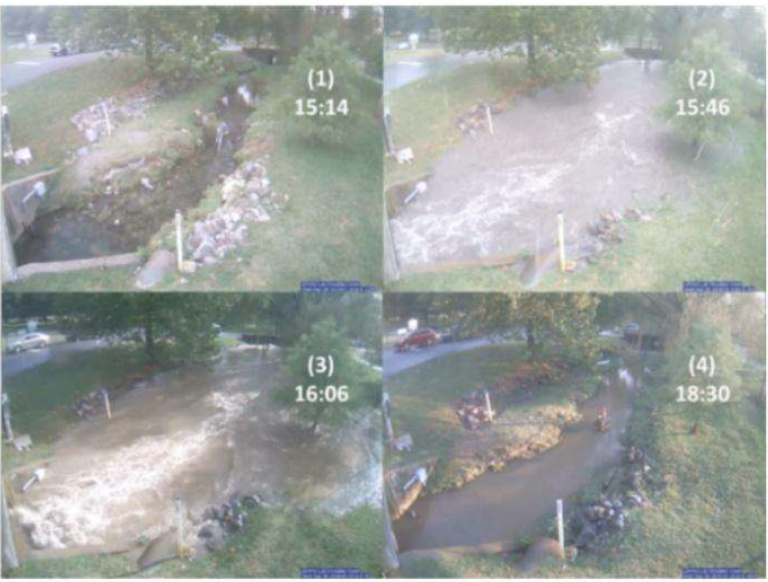
Snyder, C., Asamen, D. M., Naseri, M. Y.*, Aryal, N., Biswas, G., Dubey, A., Henrick, E., Hotchkiss, E.R., Jha, M.K., Jiang, S.X., Kern, E.C., Lohani, V.K., Marston, L.T., Vanags, C.P., & Xia, K. (2021, July). Understanding Data Science Instruction in Multiple STEM Disciplines. In 2021 ASEE Virtual Annual Conference Content Access.
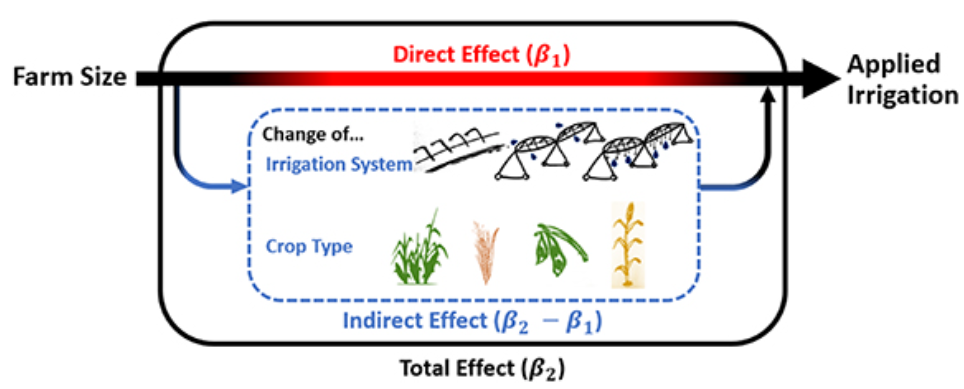
Ao, Y. Z.*, Hendricks, N. P., & Marston, L. T. (2021). Growing farms and groundwater depletion in the Kansas High Plains. Environmental Research Letters, 16, 084065. https://doi.org/10.1088/1748-9326/ac1816
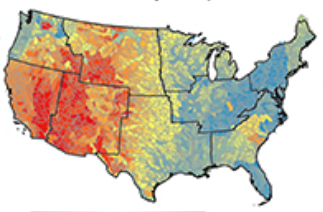
Siddik, M. A. B.*, Shehabi, A., & Marston, L. T. (2021). The environmental footprint of data centers in the United States. Environmental Research Letters, 16, 064017. https://doi.org/10.1088/1748-9326/abfba1
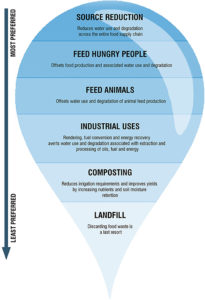
Marston, L. T., Read, Q. D., Brown, S.*, & Muth, M. K. (2021). Reducing water scarcity by reducing food loss and waste. Frontiers in Sustainable Food Systems, 5, 85. https://doi.org/10.3389/fsufs.2021.651476
2020

Konar, M. & Marston, L. (2020). The Water Footprint of the United States. Water, 12(11), 3286. https://doi.org/10.3390/w12113286
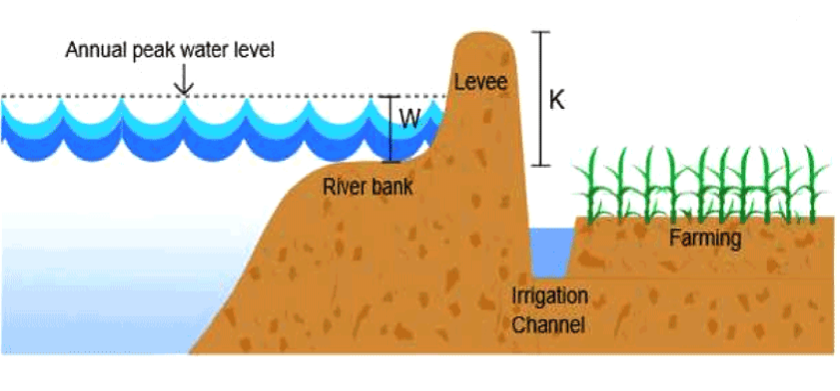
Yu, D. J., Chang, H., Davis, T. T., Hillis, V., Marston, L. T., Oh, W. S., Sivapalan, M. & Waring, T. M. (2020). Socio-hydrology: an interplay of design and self-organization in a multilevel world. Ecology and Society, 25(4):22. https://doi.org/10.5751/ES-11887-250422

Marston, L. T., Lamsal, G.*, Ancona, Z. H., Caldwell, P., Richter, B. D., Ruddell, B. L., Rushforth, R.R. & Davis, K. F. (2020). Reducing water scarcity by improving water productivity in the United States. Environmental Research Letters, 15(9), 094033. doi: https://doi.org/10.1088/1748-9326/ab9d39
In this paper we assess unrealized water savings achievable by each industry in each river basin within the conterminous U.S. by bringing all water users up to industry- and region-specific water productivity benchmarks. Some of the most water stressed areas throughout the U.S. West and South have the greatest potential for water savings. By incorporating benchmark-meeting water savings within a national hydrological model, we demonstrate that depletion of river flows across Western U.S. regions can be reduced on average by 6.2–23.2%, without reducing economic production. Lastly, we employ an environmentally extended input-output model to identify the U.S. industries and locations that can make the biggest impact by working with their suppliers to reduce water use ‘upstream’ in their supply chain.
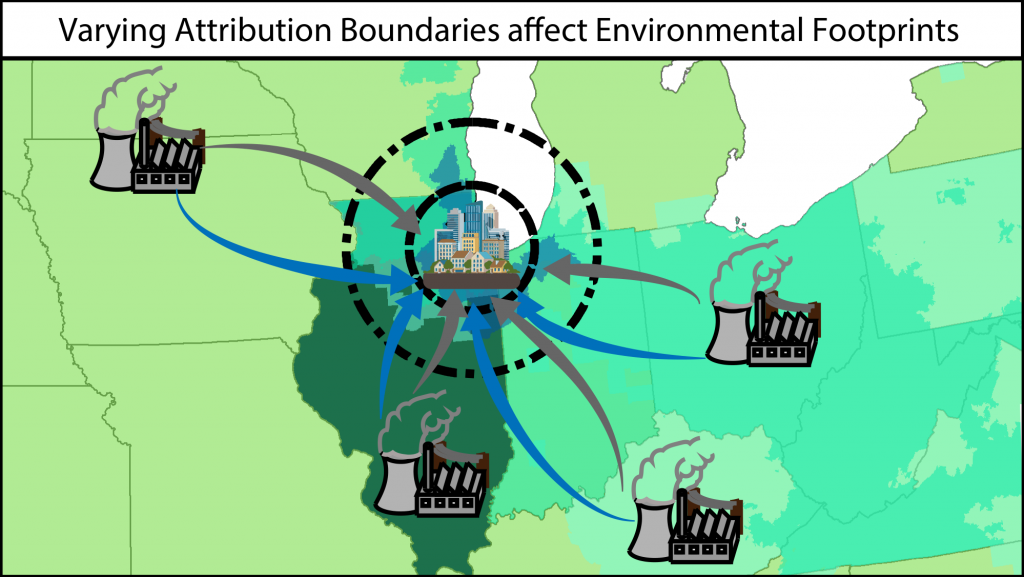
Siddik, M.A.B.*, Chini, C.M., & Marston, L. (2020). Water and carbon footprints of electricity are sensitive to geographical attribution method. Environmental Science & Technology, doi: doi: 10.1021/acs.est.0c00176
We assess how sensitive water and carbon electricity footprint estimates are to attribution method, how these estimates change over time, and the main factors contributing to the variability between methods. We evaluate and make available the water and carbon footprints of electricity consumption for every city across the contiguous United States for all assessed methods. We find significant but spatially heterogeneous variability in water and carbon footprint estimates across attribution methods. The variation between attribution methods suggest future studies need to consider how the method selected to attribute environmental impacts through the electrical grid may affect their findings. Data found here.
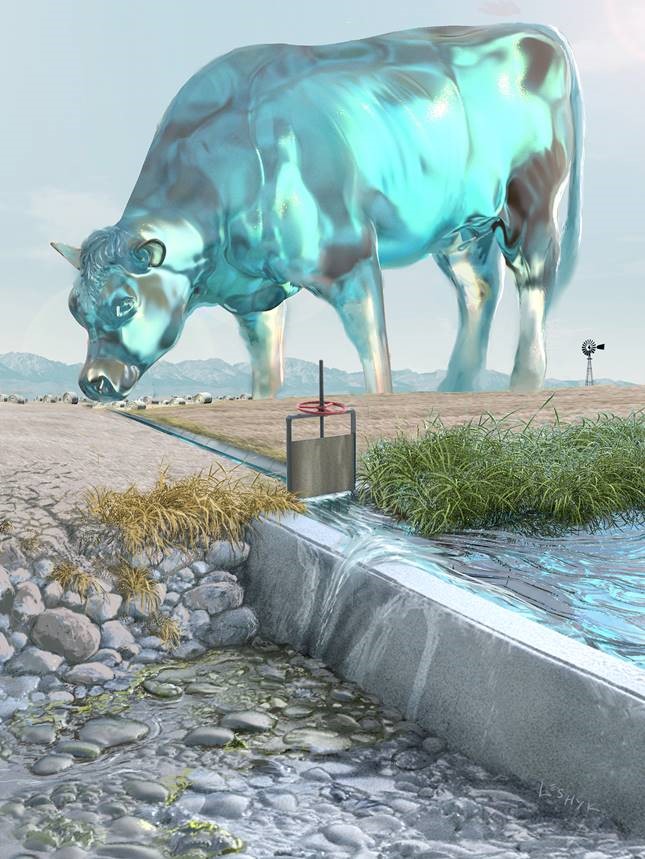
Richter, B.D., Bartak, N., Caldwell, P., Davis, K.F., Debaere, P., Hoekstra, A.Y., Li, T., Marston, L., McManamay, R., Mekonnen, M., Ruddell, B., Rushforth, R., & Troy, T. (2020). Water scarcity and fish imperilment driven by beef production. Nature Sustainability, doi: 10.1038/s41893-020-0483-z
Here we assess the impact of human water uses and their connection to water scarcity and ecological damage across the United States, identify primary causes of river dewatering and explore ways to ameliorate them. We find irrigation of cattle-feed crops to be the greatest consumer of river water in the western United States, implicating beef and dairy consumption as the leading driver of water shortages and fish imperilment in the region. We assess opportunities for alleviating water scarcity by reducing cattle-feed production, finding that temporary, rotational fallowing of irrigated feed crops can markedly reduce water shortage risks and improve ecological sustainability. Long-term water security and river ecosystem health will ultimately require Americans to consume less beef that depends on irrigated feed crops.
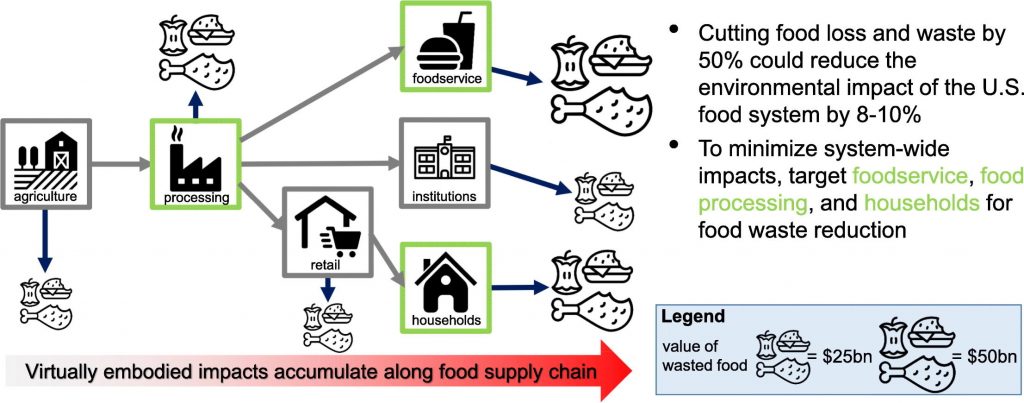
Read, Q.D., Brown, S.*, Cuéllar, A.D., Finn, S.M., Gephart, J.A., Marston, L., Meyer, E., Weitz, K.A., & Muth, M.K. (2019). Assessing the environmental impacts of halving food loss and waste along the food supply chain. Science of the Total Environment, 136255, https://doi.org/10.1016/j.scitotenv.2019.136255.
The United Nations Sustainable Development Agenda includes a goal to reduce food loss and waste by 50% by 2030. Here, we identify the points along the supply chain where a 50% reduction in food loss and waste could yield the largest potential environmental benefits, assuming that decreases in consumption propagate back up the supply chain to reduce production. Our findings may help determine optimal investment in food loss and waste reduction strategies.
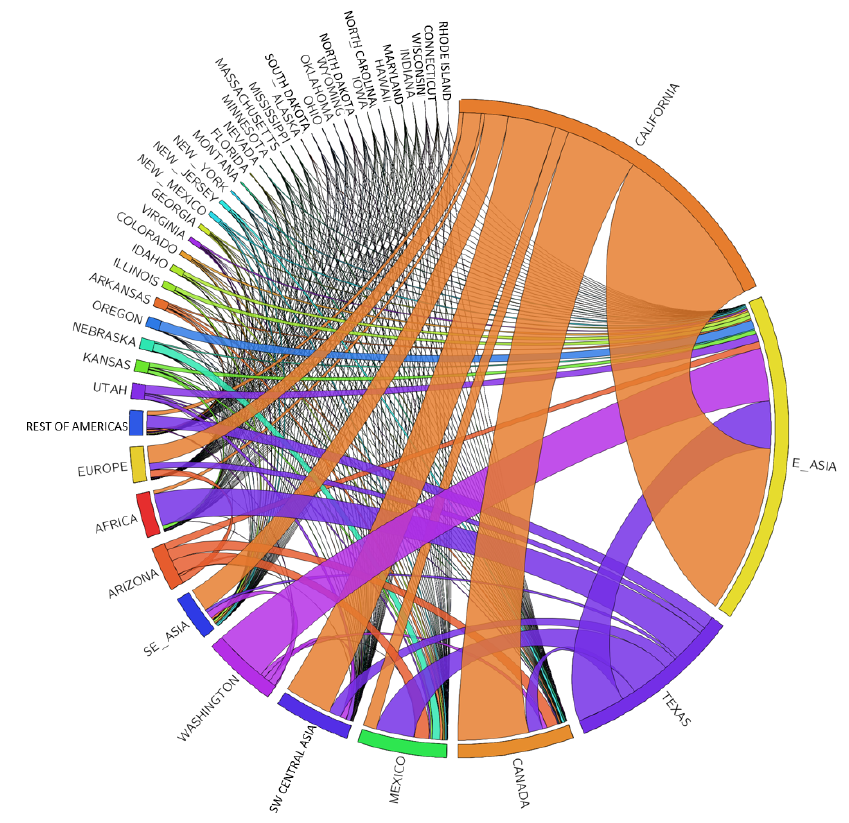
Gumidyala, S., Ruess, P.J., Konar, M., Marston, L., Dalin, C., & Wada, Y. (2020). Groundwater depletion embedded in domestic transfers and international exports of the United States. Water Resources Research, doi: 10.1029/2019WR024986
In this study, we ask: How much groundwater depletion is embedded in the domestic transfers and international agricultural exports of the United States? How much do domestic and international agricultural commodity fluxes rely on unsustainable groundwater use? To address these questions, we quantify the amount of nonrenewable groundwater that is incorporated into agricultural commodities produced in the United States and transferred both within the country and exported internationally. Our results underscore the importance of the long‐term risks posed to global agricultural supply chains from reliance on unsustainable groundwater use.

Dickson, K.*, Marston, L., & Dzombak, D. (2020). Editorial Perspectives: The need for a comprehensive, centralized inventory of interbasin water transfers. Journal of Environmental Science: Water Research and Technology, 6, 420-422, doi: 10.1039/D0EW90005B.
In this invited editorial, we make the case for a national research effort to inventory, map, and model interbasin water transfers within the United States. Through funding by the United States Geological Survey, we are doing just that.
2019
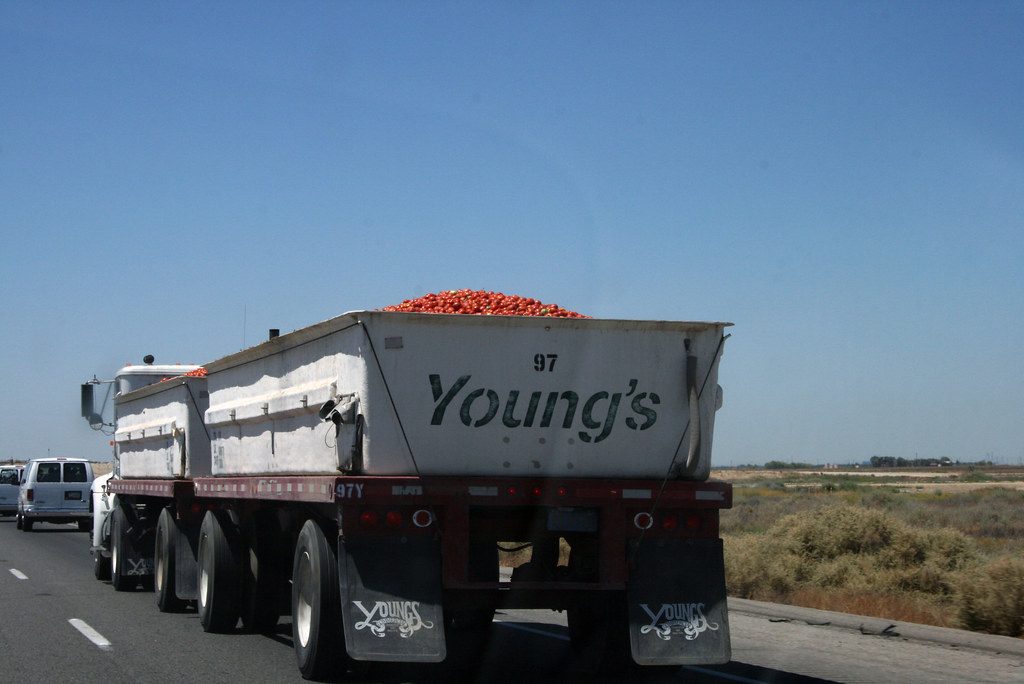
Lin, X., Ruess, P., Marston, L., & Konar, M. (2019). Food flows between counties in the United States. Environmental Research Letters, doi: 10.1088/1748-9326/ab29ae.
We introduce a novel methodology to spatially disaggregate food transfers to the US county scale. This research improves our
understanding of vulnerabilities within the national food supply chain, aids in determining critical infrastructures in the food system, and enables spatially detailed footprint assessments. Data found here.

Djehdian, L., Chini, C., Marston, L., Konar, M., & Stillwell, A. (2019). Exposure of Urban Food-Energy-Water (FEW) Systems to Water Scarcity. Sustainable Cities and Society, Vol 50, pp. 101621, doi: 10.1016/j.scs.2019.101621.
This study improves our understanding of water scarcity exposure of critical food and energy resources in U.S. urban areas, enabling policy makers to improve the reliability of urban food and energy receipts.
2018
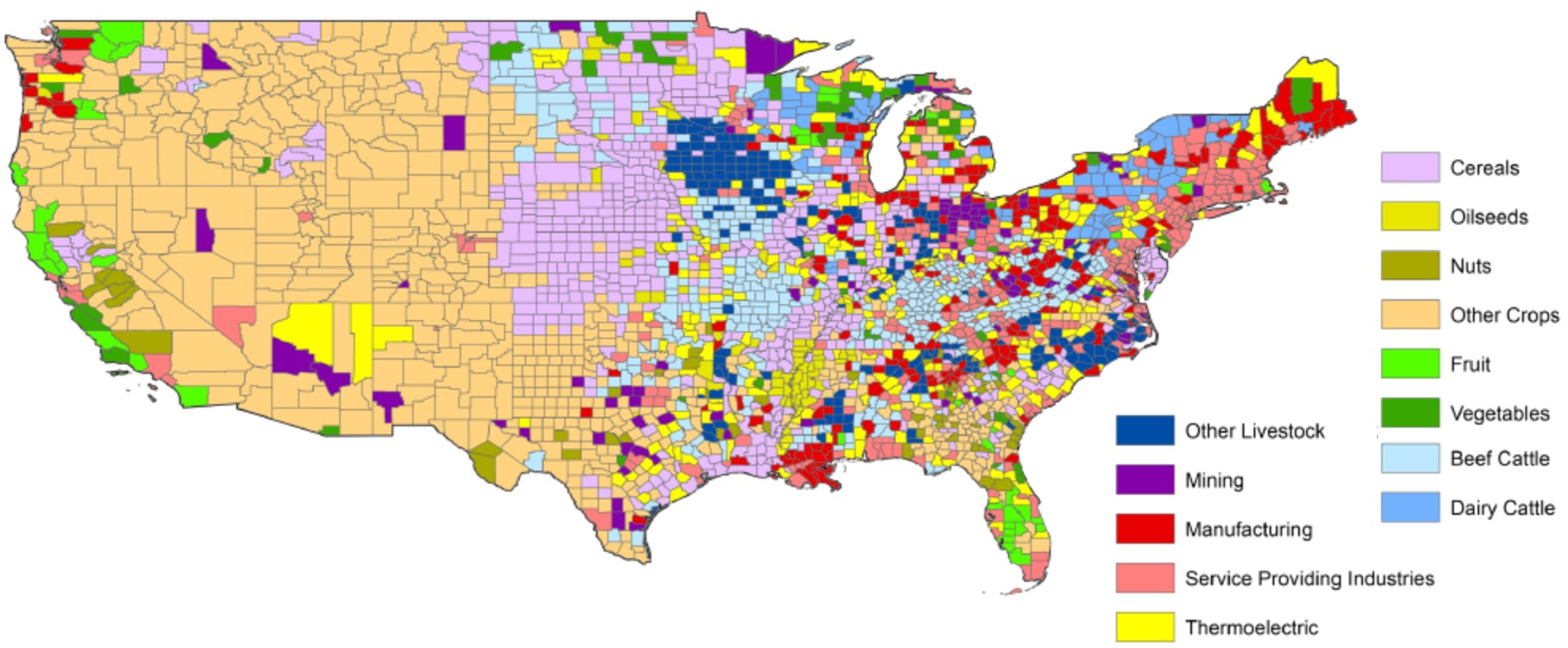
Marston, L., Ao, Y.*, Konar, M., Mekonnen, M. M., & Hoekstra, A. Y. (2018). High‐Resolution Water Footprints of Production of the United States. Water Resources Research, 54(3), 2288-2316, doi: 10.1002/2017WR021923.
This US based study represents the most comprehensive (over 500 unique industries and goods) and spatially detailed water footprint study to date. Data found here.
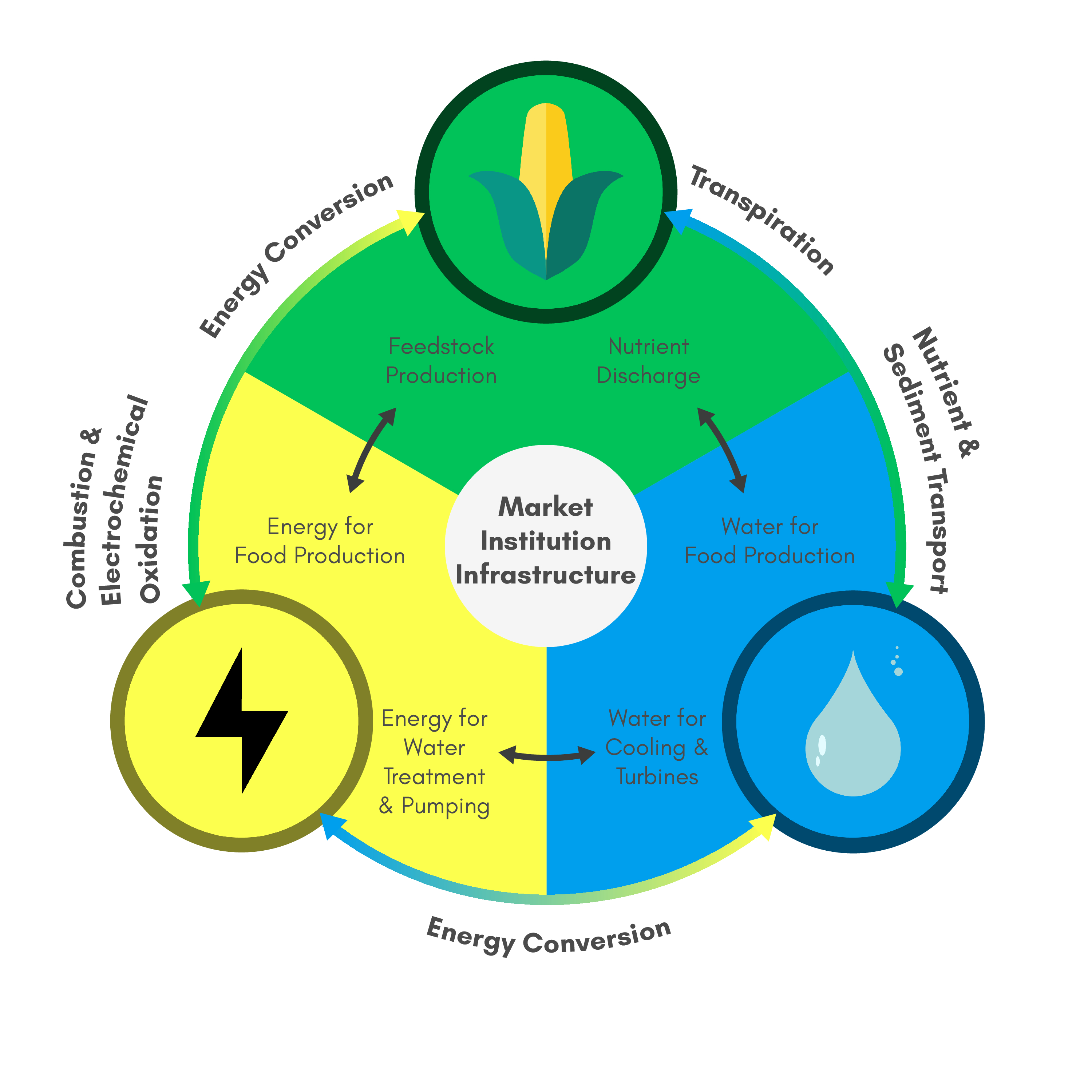
Cai, X., Wallington, K., Shafiee-Jood, M., & Marston, L. (2018). Understanding and managing the food-energy-water nexus–opportunities for water resources research. Advances in Water Resources, 111, 259-273, doi: 10.1016/j.advwatres.2017.11.014.
We set a path for water researchers to identify, articulate, utilize, and extend our disciplinary strengths within FEW research and connects FEW to integrated water resources management (IWRM).
2017
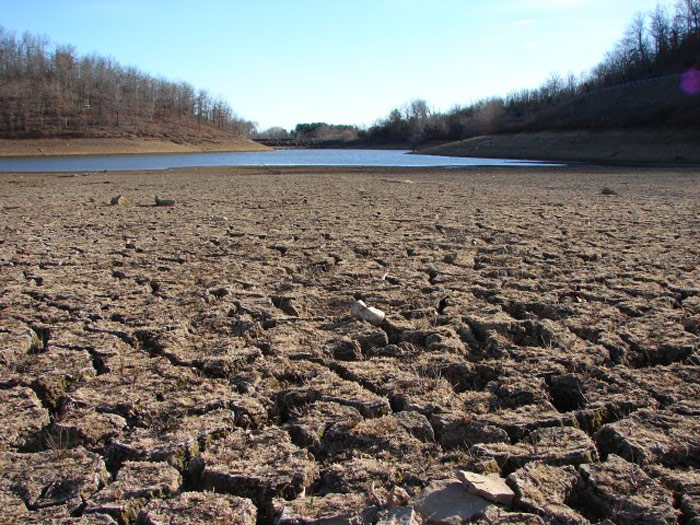
Marston, L., & Konar, M. (2017). Drought impacts to water footprints and virtual water transfers of the Central Valley of California. Water Resources Research, 53(7), 5756-5773, doi: 10.1002/2016WR020251.
Drought strengthened nonlocal dependencies on overexploited groundwater reserves during a historic drought in California via the trade of water-intensive food commodities. Farmers shifted to more water-intensive crops during the drought, prompted in part by shifts in global food markets.
2016
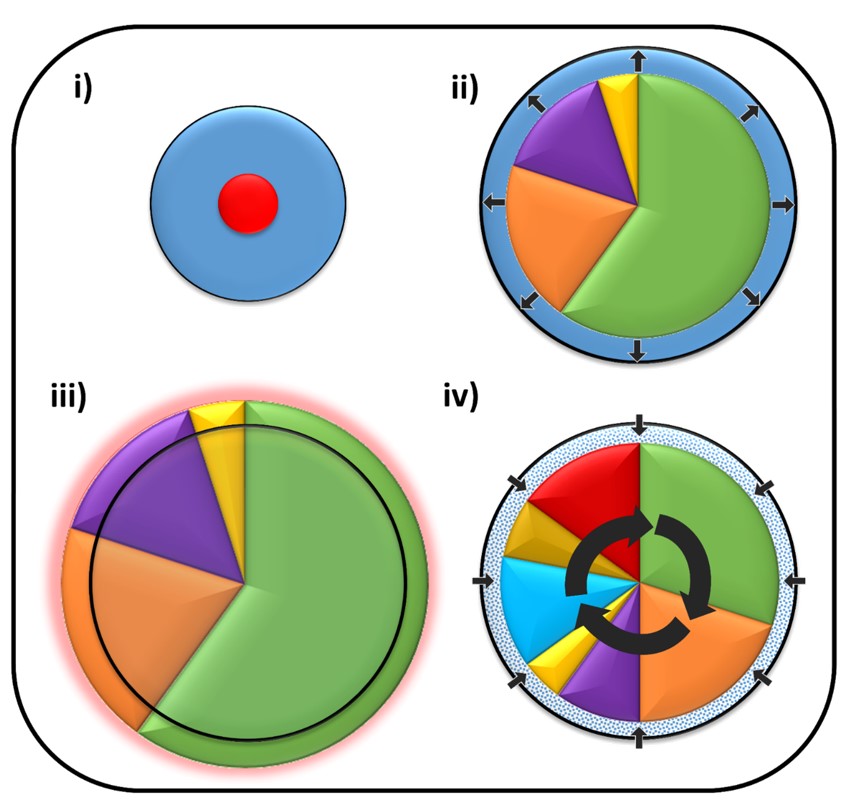
Marston, L., & Cai, X. (2016). An overview of water reallocation and the barriers to its implementation. Wiley Interdisciplinary Reviews: Water, 3(5), 658-677, doi: 10.1002/ wat2.1159.
This review paper examines the impediments to reallocating water among diverse uses and puts forth a holistic framework to overcome these barriers.
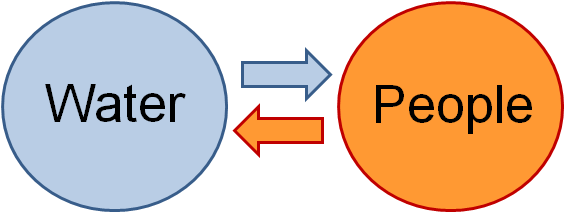
Levy, M. C., Garcia, M., Blair, P., Chen, X., Gomes, S. L., Marston, L., … & McCord, P. F. (2016). Wicked but worth it: student perspectives on socio-hydrology. Hydrol. Process. doi: 10.1002/hyp.10791.
We discuss how to improve synthesis across social and hydrological knowledge domains.
2015
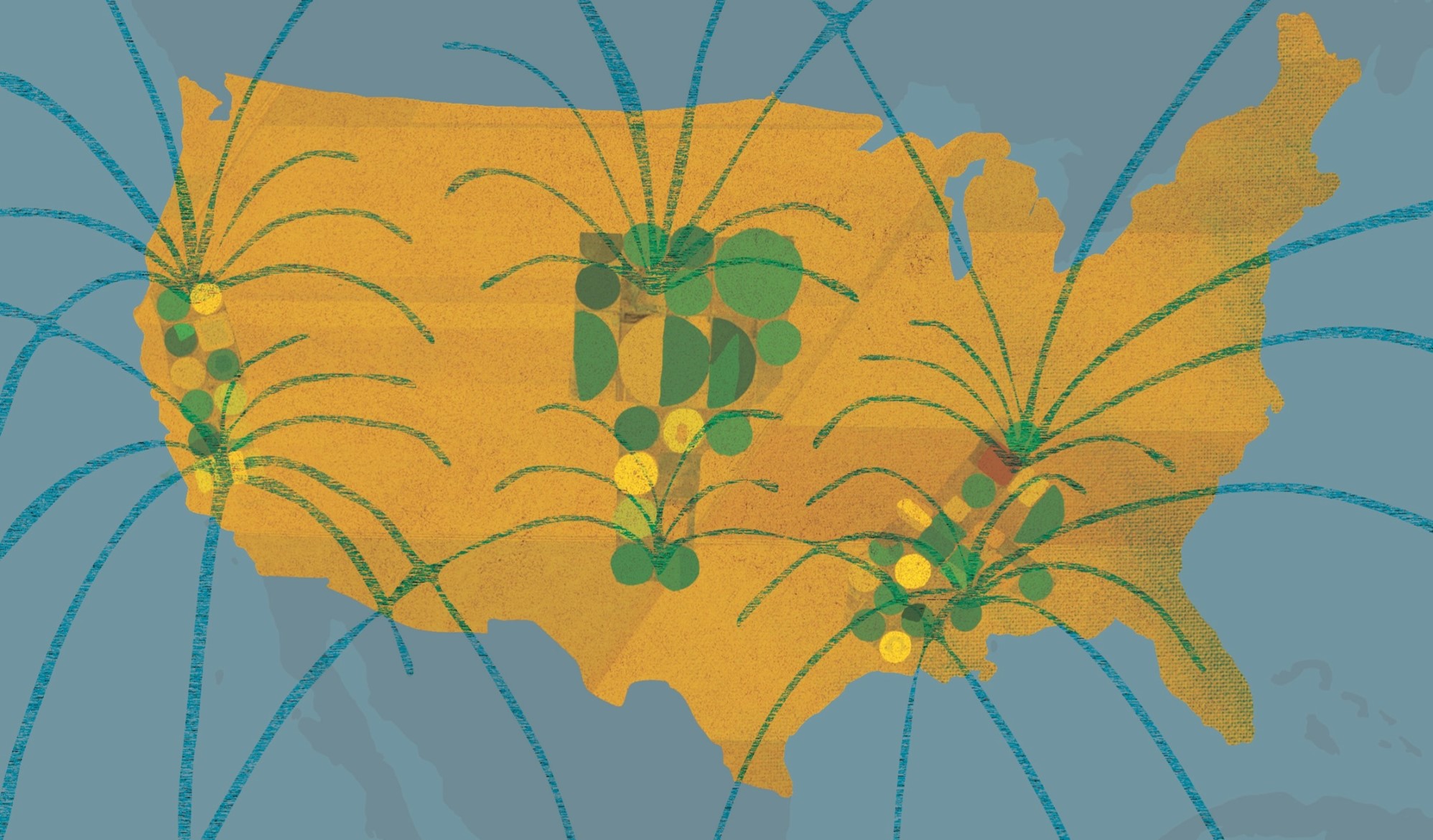
Marston, L., Konar, M., Cai, X., & Troy, T. J. (2015). Virtual groundwater transfers from overexploited aquifers in the United States. Proceedings of the National Academy of Sciences, 112(28), 8561-8566, doi: 10.1073/pnas.1500457112.
The primary driver of groundwater depletion is global demand of water thirsty crops. This study tracks and quantifies the food and embodied groundwater resources from three critical and overexploited US aquifer systems to their final destination and determines the major US cities, US states, and countries that are currently most reliant upon them.
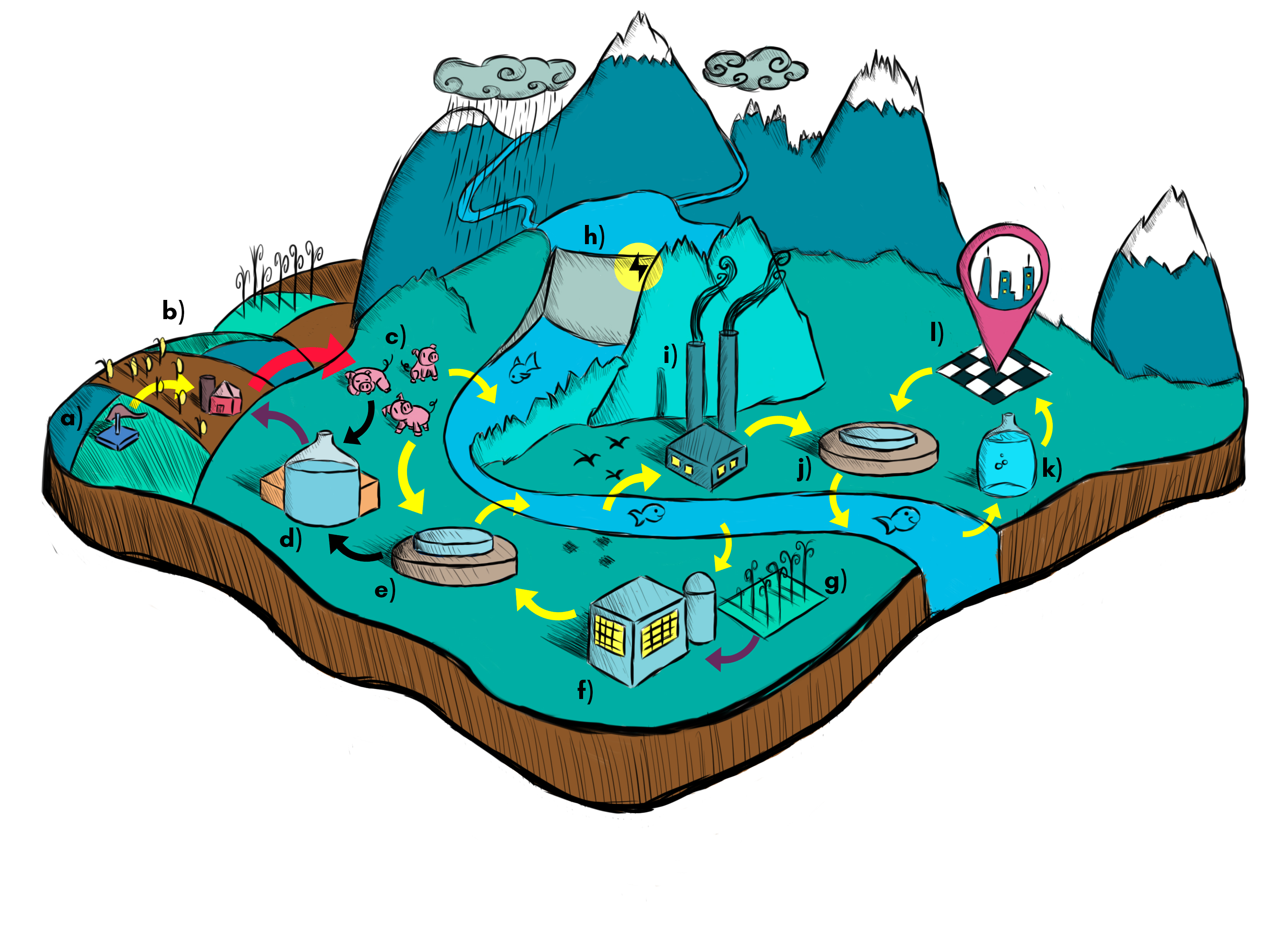
Cai, X., Marston, L., & Ge, Y. (2015). Decision support for integrated river basin management—Scientific research challenges. Science China Earth Sciences, 58(1), 16-24, doi: 10.1007/s11430-014-5005-2.
This paper overviews the major challenges with integrated river basin management, reviews promising scientific advances, and highlights areas of needed research for effective implementation of this widely discussed, but seldom practiced, water management strategy.
* student or postdoc working under my direction
Copyright © 2022 by Landon Marston